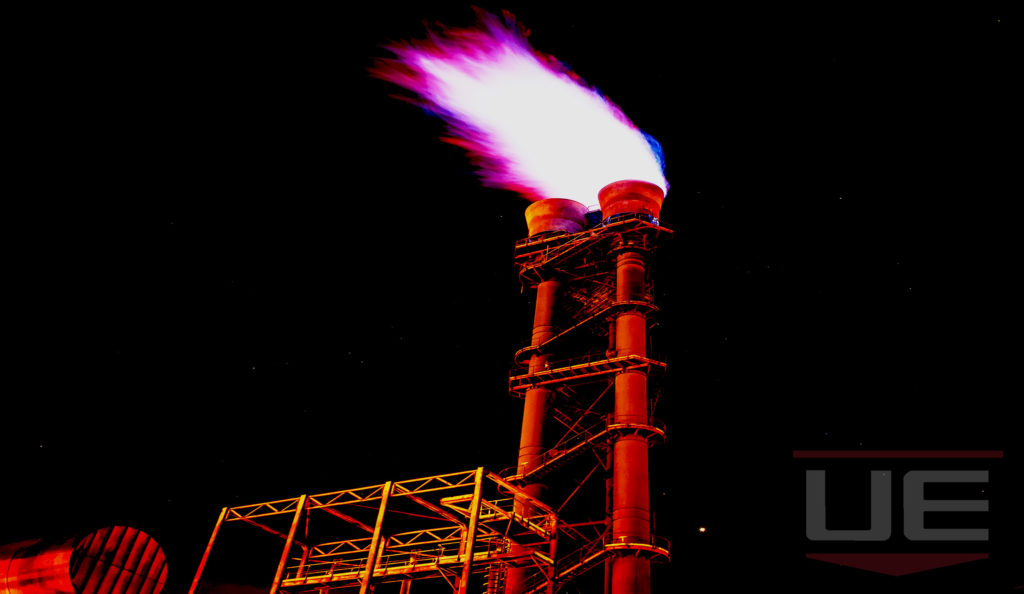Aging plant infrastructure in process manufacturing
What does aging plant infrastructure mean for instrumentation users?
In 2013, The Economist published a report about the impact of aging infrastructure in the process manufacturing industry. The study explored how aging infrastructure has affected process manufacturing operations globally and identified broad strategies that corporations are implementing to overcome the problems associated with this inevitable phenomenon. More than 360 senior corporate executives from the chemicals, oil and gas, utilities and natural resource industries were surveyed in this study, providing high level insights on what corporations plan to do with their ageing plant systems. Regardless of the plan, there will be an impact on a plant’s state of instrumentation.
What is trending in such corporate plans and how should instrumentation users position themselves to embrace the change?
General trends
A significant majority of executives (87%) report that aging plant infrastructure has affected their operations in some way or another and at least a third of these high level executives indicate that their companies have plans to increase spending on infrastructure.
One of the top priorities for corporations would be to invest in new technologies that can help plants increase their efficiency while decreasing the risk of infrastructure failures. The harm on the companies reputation that comes from a plant failure can take a long time to repair and companies cannot afford that.
Corporations are now viewing infrastructure maintenance and upgrading (e.g. instrumentation) as more of a growth enabler rather than a stopgap measure.
What does it mean for instrumentation users?
In essence, change is happening and will occur in greater intensity. Adoption of new technologies is key to winning the business race. These new technologies include advanced instrumentation such as smart electronic switches, intelligent transmitters and wireless field devices, to name a few.
Example of New Technology Implementation – WirelessHART Gas Detection
A fine example of how a new technology gaining traction in infrastructure upgrades is wireless gas detection, specifically low power communication protocols like WirelessHART. Traditionally gas detection has been a wired operation due to its need for high power. However, with the introduction of battery-powered WirelessHART gas detectors, wires are no longer a constraint and users can augment their gas detection coverage at up to 50% of original total installation cost, with a network of detection points deployed almost instantly. Current WirelessHART gas detectors are now capable of detecting a variety of mainstream toxic and combustible gases including methane, propane, hydrogen sulfide, ammonia and carbon monoxide.

Considerations for an infrastructure upgrade
Engineering/instrumentation managers who stay abreast of industry standards and technologies and know how to justify the cost-benefit of new technology implementation within the corporation’s upgrade priorities will navigate the change smoothly. I propose the following considerations:
1.Understand your company’s philosophy towards an infrastructure upgrade and align your priorities
Does your organization view an infrastructure upgrade as a stopgap measure or a growth enabler? Forward–looking organizations view new technologies as an efficiency enabler. Such companies are constantly on the lookout for innovations with the ability to perform predictive modeling that will help the operations team to get ahead of problems, mitigate risks and provide as much information about the state of the plant. These corporations know that a problem detected beforehand costs significantly less to fix than if they wait for it to fail and will do whatever it takes to stay ahead of the game. If that describes your company, the next step is to start aligning your priorities with corporate’s philosophy.
2.Evaluate if there are potential obstacleshindering the upgrade projects
Map out the roadblocks ahead. For example, the C-suite’s view of risk is associated with legislative and regulatory requirements, so any changes that will jeopardize compliance takes priority, Keeping that in mind, instrumentation managers should perform a thorough landscape study of existing and upcoming regulatory standards to prepare themselves when asked for recommendations for new instrumentation technologies that comply. You need to know what lies ahead to navigate the upgrade project successfully.
3.Understand which risks your company is most concerned about
Know what keeps management awake at night. In the survey, risk to operational failure and safety are cited as top decision-making factors by executives who consider an infrastructure upgrade. By understanding what concerns your executives and proposing the right solutions, you will be doing more than just embracing the change.
Technology is your ally. Befriend it. To stay competitive, more companies will be willing to adopt new technologies, invest a significant amount of resources (time and money) in a mix of new technologies and enforce sound project planning. Instrumentation managers and users can navigate the changes smoothly by noting the considerations above.
Please contact us for further information or discussion.
Email: marketing@ueonline.com

